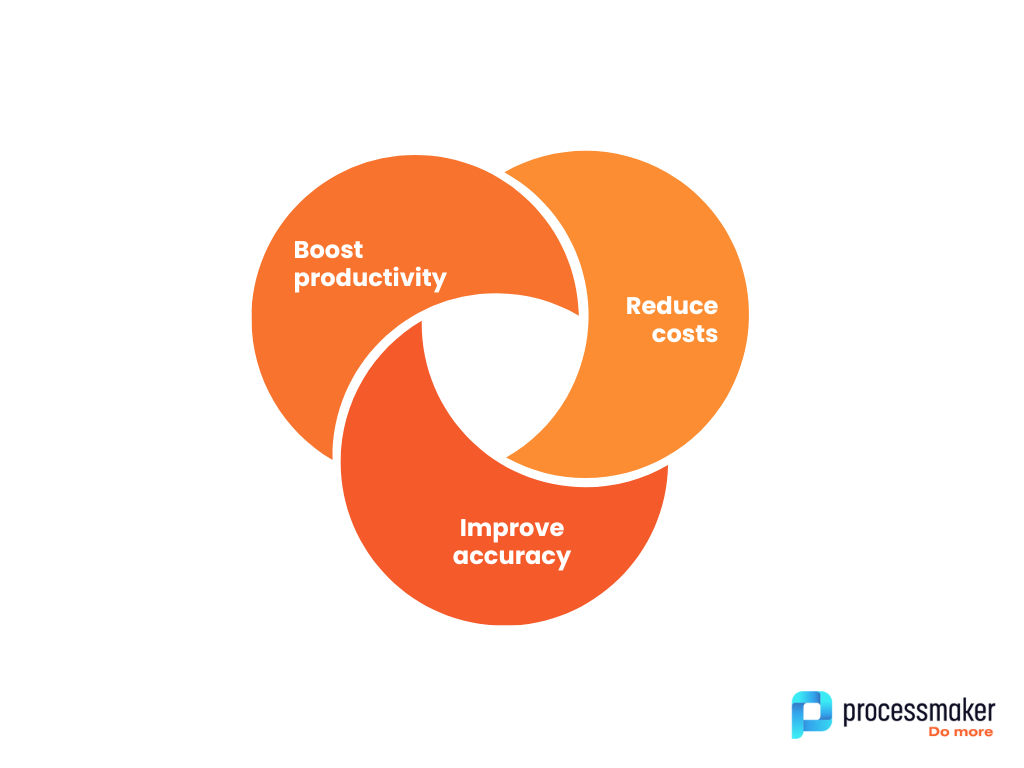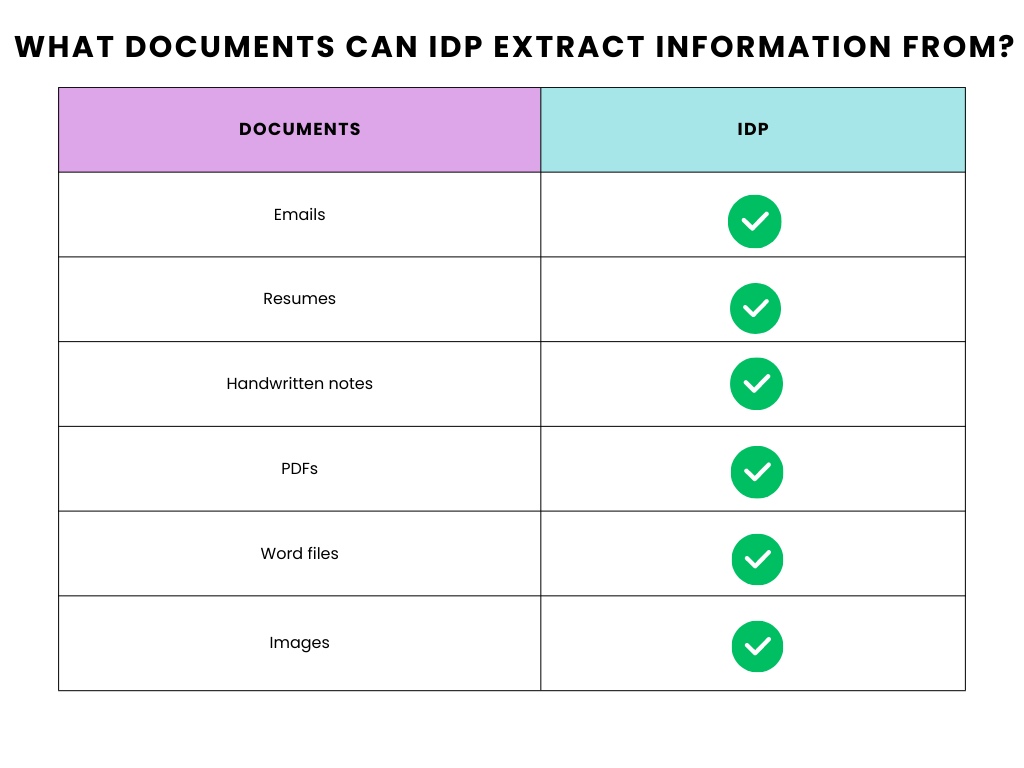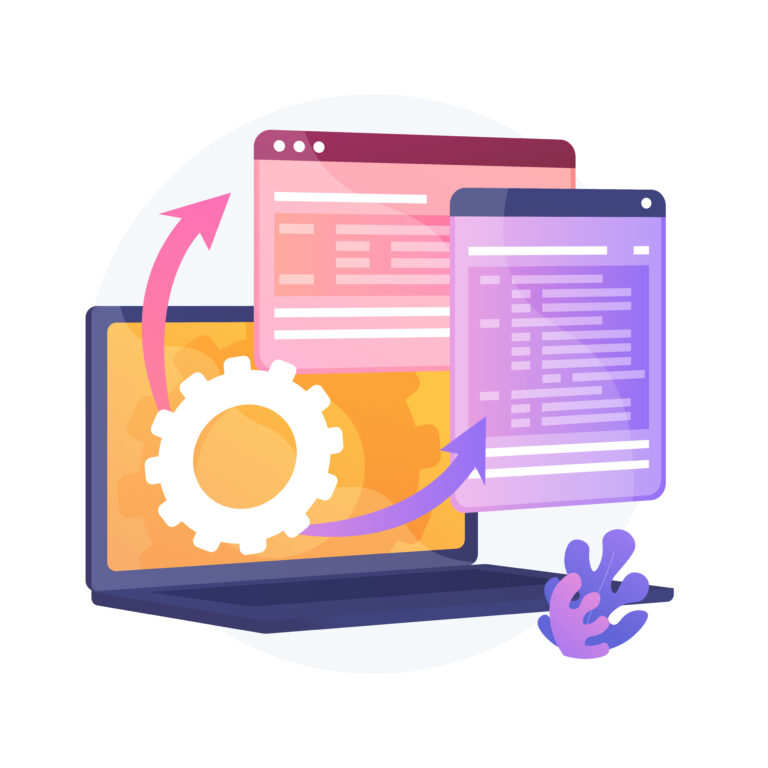Is manually scanning documents starting to feel like a chore? Are you finding you’re spending more time on busywork than you are on big-picture tasks? Luckily, there’s a solution. Intelligent document processing (IDP) turns document management from a labored chore into a seamless background task that runs mainly on auto-pilot. This type of document automation uses tools like optical character recognition, machine learning models, and AI to read attachments, uploads, files, and more. Technology gives computer systems the eyes they need to understand information better and act on it. With so many intelligent document processing vendors, scanning these documents has become easier than ever.
Data is an obstacle for businesses of all types. Whether you’re in healthcare or banking, managing a large volume of documents is one of the chief responsibilities of your organization. Advancements in artificial intelligence and the Internet of Things (IoT) only add to the data influx—and without new strategies, vital insights wind up lost in the pile.
In this article, we’ll cover the following topics:
- The definition of intelligent document processing (IDP)
- The benefits of document automation
- What kind of documents IDP can process
- How to choose the best IDP solutions
What is intelligent document processing?
Scanning a document on a conventional scanner produces an on-screen replica. But your computer doesn’t know what it’s looking at—it treats a press clipping like an SEC filing. From there, it takes a significant amount of manual, repetitive handiwork to turn the document into something usable.
Intelligent document processing software goes beyond the traditional scan to break down the data contained in the document. IDP performs the collating, extracting, filing, and organizing tasks a human worker would dread filling their days with, like:
- File it away with similar documents
- Populate forms, spreadsheets, or databases
- Generate a new document—like an expense report from a batch of receipts
- Create reports
- Transfer information between systems
- Add an email or chat transcript to a customer or patient record
With IDP, documents do more than languish in your systems. They become living entities you can use to generate insights, create new documents, and fuel automated processes.
How can businesses benefit from document automation?

Boost productivity: One study by a leader in project management notes that employees spend 70% of their time on tasks outside of their skills and talents. By taking admin work off their plate, you can free more team members to participate in strategic planning and critical thinking projects.
Reduce costs: McKinsey estimates that AI and machine learning can take on 45% of back-breaking admin tasks. By automating document management, you can save time and shift resources over to more creative, revenue-generating activities.
Improve accuracy: A first-class intelligent document processing solution boasts an accuracy rate of ≥ 99%. This near-perfect stat is the polar opposite of manually filled spreadsheets. One study reveals that 90% of these data darlings contain errors and are often at the root of expensive slip-ups (like when the Olympics oversold swimming tickets by 10,000 due to an Excel typo.) The shift to IDP can save your organization from embarrassing and costly blunders.
What kinds of documents can be processed with IDP?
IDP can tackle the two most critical document types: structured and unstructured.
Structured documents follow repeatable templates.
For example, a U.S. Passport positions all relevant details in precise locations. Take a look at a few and you know the drill: you’ll know where to find the name, issue date, and place of birth on future passports you haven’t seen yet.
Structured document examples:
- Multiple-choice surveys
- Invoices
- Receipts
- Spreadsheets
- Inventory databases
On the other hand, unstructured documents are more unpredictable. They’re more free-form.

For example, the traveler might present an article they wrote about their trip.
It can contain images, videos, and words in different places. Sentiments could be positive or negative. The sheer variety makes these documents more challenging for computers to read.
Unstructured document examples:
- Contracts
- College transcripts
- Handwritten letters
- Customer feedback cards
- Medical records
- Emails
- Live chat transcripts
- Social media posts
Using IDP AI, you can achieve high data quality for documents in structured and unstructured formats.
How to choose the right intelligent document processing solutions
If you’re just getting started, the swarm of IDP’s technical features can feel overwhelming. It can be tricky to pare down the best list of IDP options for your company. These five qualities headline the top intelligent document processing vendors.
- Integration: Successful business process automation strategies are underscored by process orchestration. This mindset unites all teams and your entire tech stack under one umbrella. The solution should easily integrate with other business process automation technologies, such as RPA and workflow management.
- Accuracy: No IDP can offer 100% accuracy. However, to avoid errors and snafus, research solutions that boost an accuracy rate of ≥ 99%. In that 1%, you can steer systems to meet your organization’s needs. Bring your subject matter experts into the mix to evaluate outliers and help train systems on new document types.
- Document agnostic: For large organizations, an IDP that specializes in one document type won’t do. A document automation tool shouldn’t help one department but every department.
- Supports a variety of inputs: Even in the digital age, today’s businesses need to handle handwritten forms and letters. Make sure your IDP solution is up to the challenge. It should be able to read more than typed text—cursive, whimsical fonts, and lax handwriting styles.
- Legal requirements: ISO 27001 is a necessity. Vendors who’ve achieved this compliance tier have been certified by third parties to exercise extreme privacy measures. Also, shop IDPs that feature an anonymization tool. This masks personally identifiable information like Social Security Numbers to ensure they’re not linked to specific individuals.
Your ability to handle big data will make or break business success as we enter the mid-2020s. The one thing that will prevent you from taking advantage of parallel developments in AI like ChatGPT, Bard, and Bedrock will be how you manage existing data. To prepare your organization for the next wave of show-stopping innovations, document automation must become a key focus in your business automation stack.
It’s time to work toward the future and adopt intuitive intelligent document processing (IDP) solutions. Talk to our team to find the best fit for your organization, even if it isn’t us.





